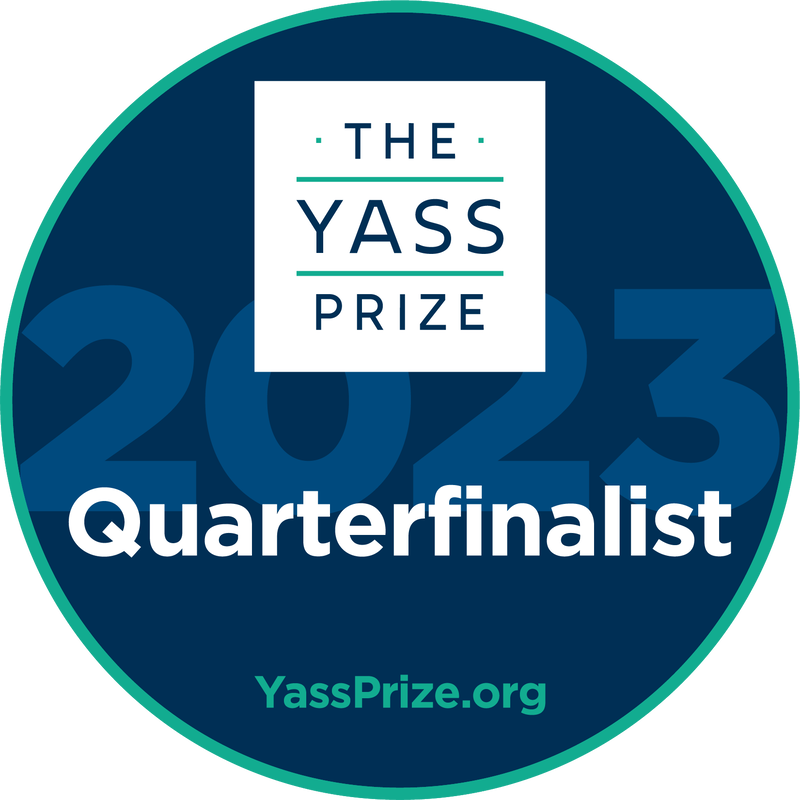|
In 2016, I woke up to our education system. It was happening slowly but all of a sudden, I saw the problems blaring me in the face. My own child started school and there was no more illusion that the school system was fine. My children are the reason I have questioned traditional school systems and have found The Innovation School (TIS). Now, I get to be their mom but also one of their teachers. (A blessing most days!)
Both my husband and I attended public schools and turned out just fine. We are productive members of society and both hold master degrees. We had amazing teachers and awful ones. We did what we needed to and graduated with honors (or at least one of us did. 😉) When we began discussing private school, it was absurd to me to pay for something that is free. But when I realized I wasn’t fine and they weren’t either, the discussion continued to come up. By 2019, we found ourselves at TIS. The reality of school is that it looks the same as it has since we were there 20-30 years ago. The more I worked in this system, the more I could see I was not going to be able to change it for my kids or yours. If you think school is ‘just fine’ you are one of many. I understand I am the minority at this time but I would ask you to ponder these questions.…(These are assumptions based on what I know about the public and traditional system.)
If you are still thinking school is "just fine", let me show you what it’s like at TIS. The Innovation School offers these benefits to my boys:
I will leave you with these final thoughts. I did not write this to make you feel comfortable. I wrote it to make you think. Maybe you have never thought about school. That was me once upon a time. When I was working in the public school system, my wise boss used to say these statements to get teachers to change their thinking. Maybe it's time you heard them to help with yours.
I became super uncomfortable with the way education was going in 2016. It’s seven years later and I can finally say I did something to change. I removed myself and my family from the system. So if you have been considering something different, now’s the time. TIS does shadow days for anyone who just wants to see it in action. I have had many students come and check out the school to see if it is a fit for their family. Make the decision for yourself. TIS offers something different to our community. It might be time you take advantage of it.
0 Comments
Throughout my many years of teaching, I’ve taught a range of grade levels, subjects, and students. But I have discovered that the most crucial part of teaching is building relationships with my students. Making connections with students; getting to know them as people and guiding and supporting them as they succeed and fail academically, socially, and emotionally is in my opinion, the best and most important part of being a teacher. It fills me with joy and gratitude. It’s also the key deciding factor to the extent of which they succeed.
The following is a list that I use to build positive relationships with my students. 1. Give a warm greeting and goodbyes 2. Laugh together 3. Listen 4. Validate feelings 5. Encourage effort 6. Let the child take the lead 7. Share personal stories 8. Give eye contact 9. Appreciate their uniqueness 10. Foster their multiple Intelligence strengths 11. Feed them 12. Model kindness and forgiveness 13. Model and accept respect 14. Play games together 15. Read to them 16. Be honest and authentic 17. Provide structure and boundaries Being a teacher allows me to be an influencer of learning, a trusting confidant, a caring adult, and a person who believes in each child’s uniqueness. I am the lucky one. Tinkering is a word we hear a lot these days. Companies have tinkering shops, kids tinker with objects. What does it mean? The definition is an act of attempting to repair something. A few years ago when having discussions about how to make our math classes more real world applicable, we decided to implement Math Fridays. In the afternoon during math time, we would rotate weekly between coding, math games, and tinkering. To start with tinkering, we collected broken electronics and items and allowed students to take them apart. We knew we wanted this to be a hands-on experience, but we didn’t know exactly how to make it work, so we just jumped in head first. It was awesome to see the students problem solve and collaborate when taking apart these items. I knew this experience was important and exciting for the students, but I wanted to make it something more meaningful. I was inspired by my husband who is definitely a kinesthetic learner. I watch him around the house spending hours tinkering with lightbulbs, lamps, baby toys, the cable box... the list goes on and on. I watch him look up YouTube videos when he gets stuck or doesn’t know how to fix something. And I see the end result, which is almost always that he fixed what he set out to fix. I knew these skills were the real world skills I’ve been wanting our students to gain. And through watching him, I knew that tinkering was the way to go about it. This year, I took a more structured approach towards our tinkering time at school. We started our first day by doing a warm up activity. I found this activity while searching online (https://makered.org/wp-content/uploads/2018/09/Lighthouse-Project-Guide-Take-Apart.pdf). The students were tasked with taking apart a pen. They had to identify the parts and the purposes of the parts. They could also list any complexities (we reframed them as questions) that they had. After they documented their work, they had to put the pen back together. Then I introduced the two lab options they’d have. The first lab is the Tinkering Lab. In this lab they work to take apart items that are broken and beyond repair. The second lab option is the Workshop Lab. In this lab, they work to repair items back to working order. The students chose their lab and were assigned their objects. Some examples include speakers, stools, lamps, and a hair dryer. The students use collaboration, problem solving, research skills, patience, perseverance and so many more skills when working. I tasked one of the students in the Workshop Lab with fixing my lamp from our classroom. Upon taking it apart, he realized it needed a new bulb, but the bulb was hard to find. Then he remembered that we have a similar lamp that is broken beyond repair and in the Tinkering Lab. He decided to take the bulb out of that lamp and rewire it into the other lamp. And it worked! We have light! There are so many success stories, aha moments, and more importantly, moments of failure and defeat. These are the moments I look for, because it’s incredible to see students work through their problems and come out the other side. My dream for our tinkering time would be to create an actual workshop in our school where the students have all the tools necessary to tinker, build, and fix. Not only would they be building with their hands, but they are also building confidence, connections, and lifelong skills.
“Take a deep breath.” “It’s not that big of a deal.” “Try to calm down”. “Let’s move on to something else.” These are all phrases, as an adult, I have said to children (especially my own!). They were also spoken to me as a child by adults. Dismissing, distracting or downplaying during an emotionally turbulent moment for a child often leads to embarrassment, frustration and low self-esteem for that child (as well-intended as we often are in our efforts!) I began using mindfulness in my classroom (and at home with my children) in an effort to help manage difficult moments in my interactions with my students and children. What I didn’t realize was that soon, these young children would thrive from mindfulness practices and begin managing themselves and their big emotions. The best part is that they have fun with it and often implement it with each other after they have become familiar with various mindfulness strategies! Mindfulness gives young children many tools that they can use during times that their emotions may challenge them, leading to dealing with emotional adversity in a productive and healthy way. When children can manage their emotions, they also develop stronger self-esteem as they begin to accept themselves as they are - tough emotions and all! Singing Bowls, Chimes or Bells can be used in the beginning of a mindfulness session to open a pathway of inner-focus which is important for the work that you will do during mindfulness! 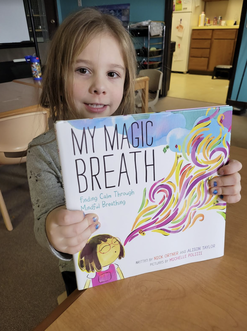 Breathwork has many benefits for children (and adults!) and often helps with physical and emotional balance, as well as fostering appropriate energy levels. Some of our favorite resources for breathwork include My Magic Breath by Nick Ortnor, Alison Taylor and Michelle Polizzi and Breathe Like a Bear by Kira Willey and Anni Betts. Meditation builds emotional resilience, improves attention span, reduces stress and increases self-awareness. Meditation can be self-guided or guided by a teacher, parent or peer. As children build their mindfulness toolbox, they may choose to incorporate meditation into their day in a self-led manner - or they may continue to seek out an adult for guidance. Our most used meditation/mindfulness activity guides include Peaceful Like a Panda by Kira Willey and Anni Betts, Mindful Games for Kids by Kristina Marcelli-Sargent and Kelsey Buzzell, Mindful Kids: 50 Mindfulness Activities for Kindness, Focus and Calm by Whitney Stewart and Mina Braum. Social and emotional learning and working to develop vocabulary to describe feelings in a variety of different situations is an important part of practicing mindfulness, especially for young children! We are using two “mini curriculums” centered around social/emotional learning in our classroom are The 7 Habits of Happy Kids created by Sean Covey and A Little Spot of Emotion created by Diane Alber. 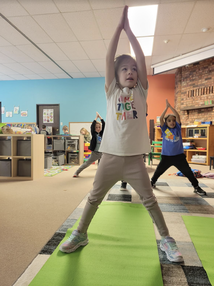 We also practice yoga in our classroom - we love encouraging our students to come up with different yoga poses that we can all copy! There is no “right” or “wrong” way to practice yoga (other than being safe) - young children love getting onto a yoga mat and letting their imaginations fully engage along with their bodies. Yoga is a great mind-body connection activity! I will leave you with one of our favorite mindfulness/meditation activities - the “Mind Castle”... Find a comfortable spot to sit or lie down and take three deep, mindful breaths
Close your eyes Imagine you are walking towards a castle. The castle can be big, small, stone, brick... it’s your own castle to build as you’d like! Slowly approach the castle. Is there a drawbridge? A moat? Are there animals in the moat? Do you see knights? A princess? Flowers? Is it sunny outside or raining? Pay attention to all the details as they spring from your imagination. Walk into the castle. Is it dark inside? Are the lights on? Are there big windows letting light in from outside? Look around. What do you see? Build the rooms of your mind castle however you want to. What do you smell? Are there cookies baking? Can you feel anything? Reach out and touch something inside of your castle. Spend as much time inside of your castle as you want to. Take three deep, mindful breaths. Open your eyes. Tell a friend about your Mind Castle! |
TIS StakeholdersA collection of thoughts, ideas and reflections from our educators, students, and families. Archives
September 2023
Categories |

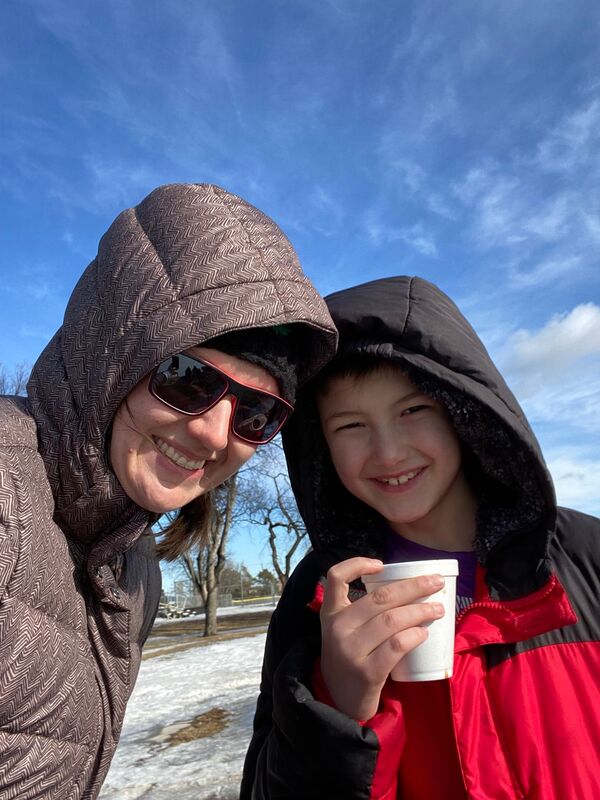
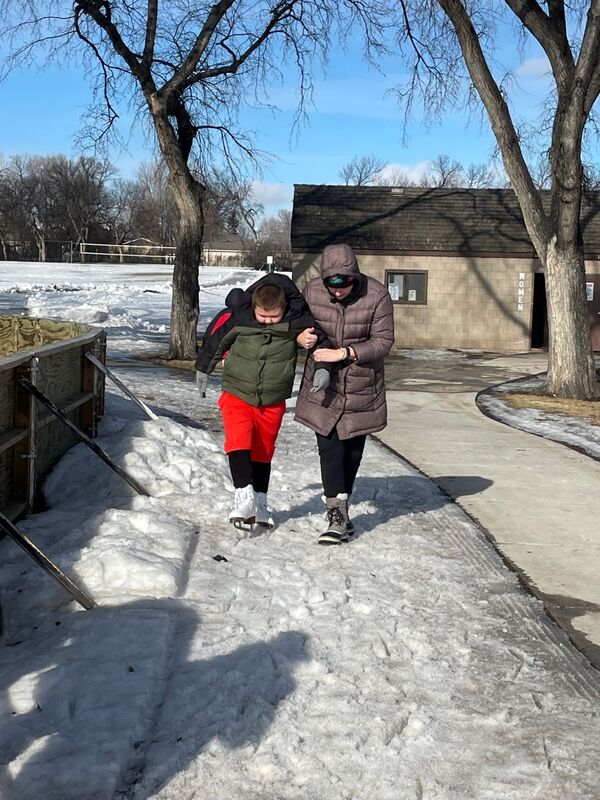
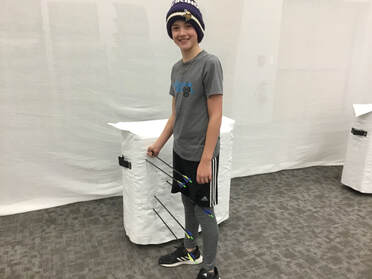
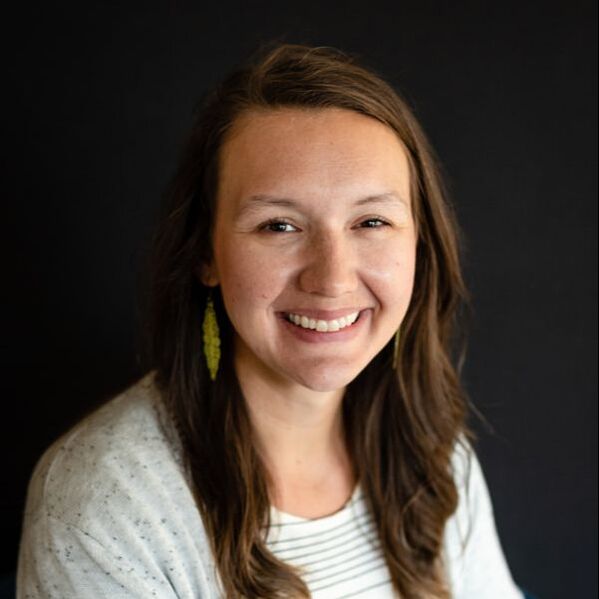
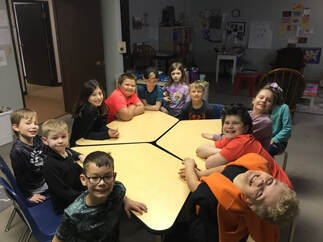
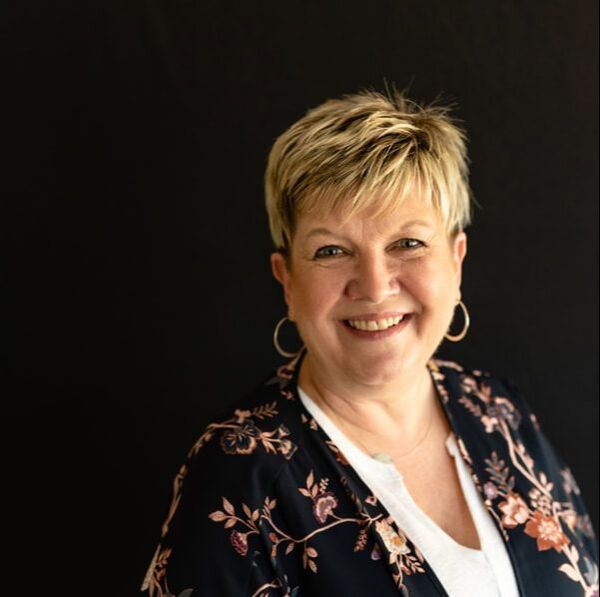

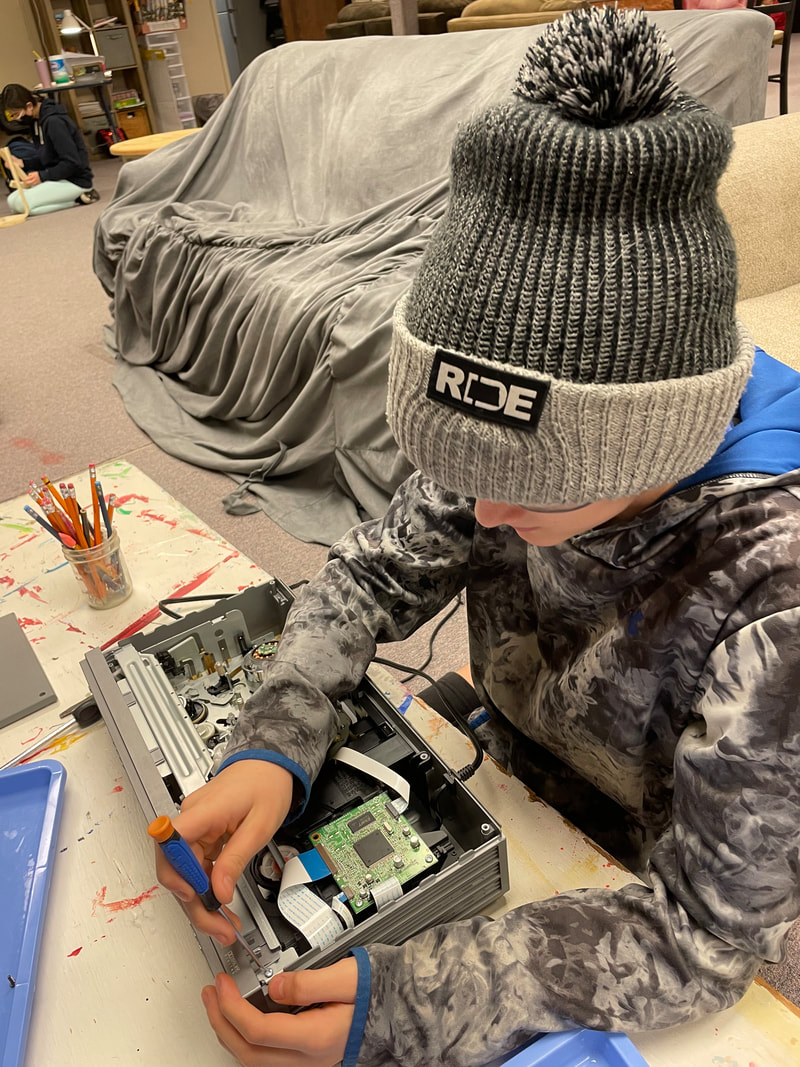
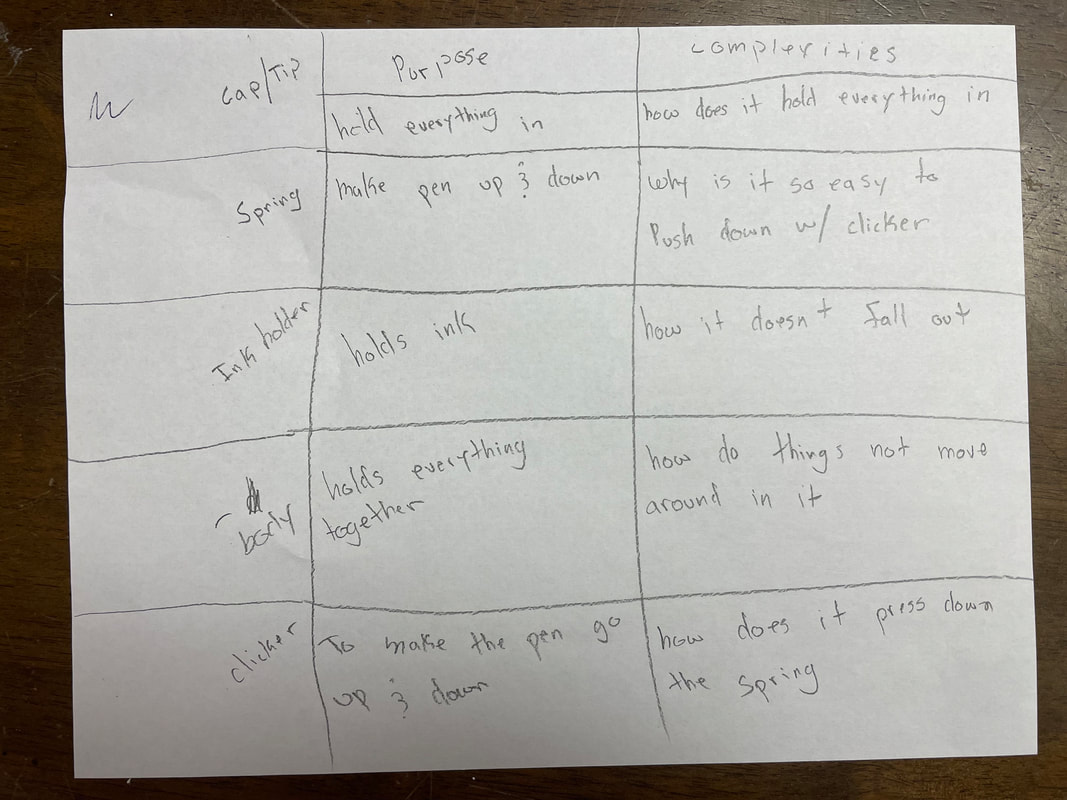
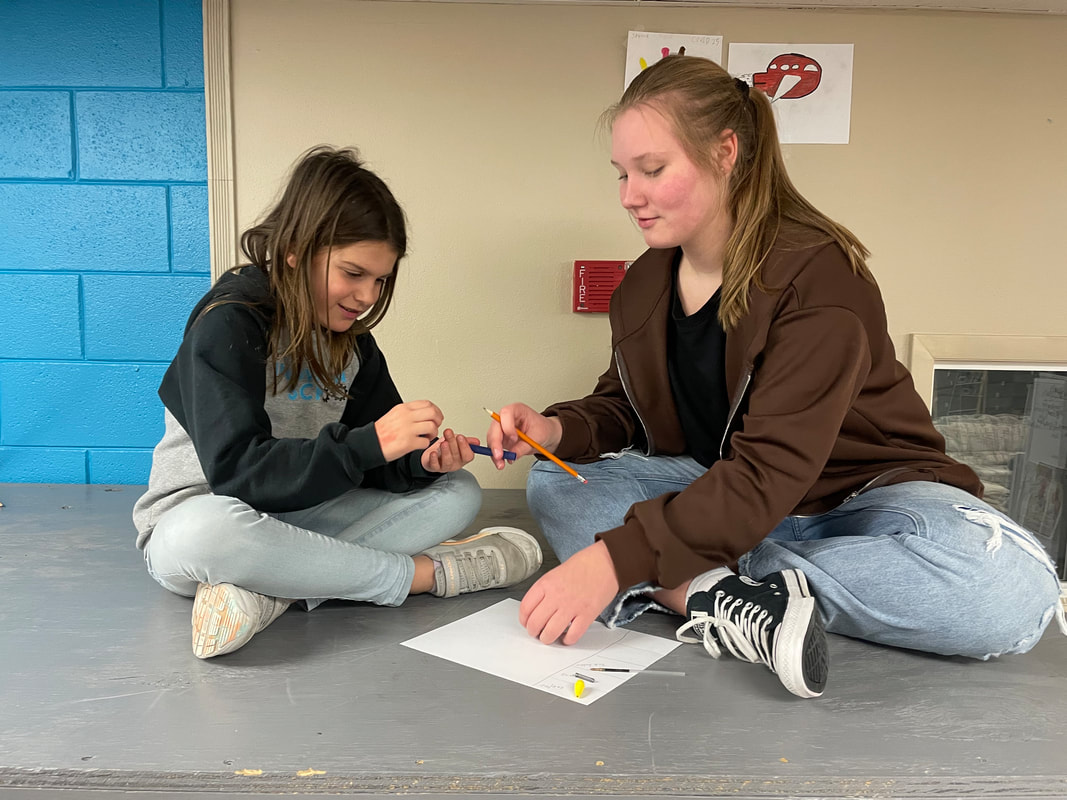
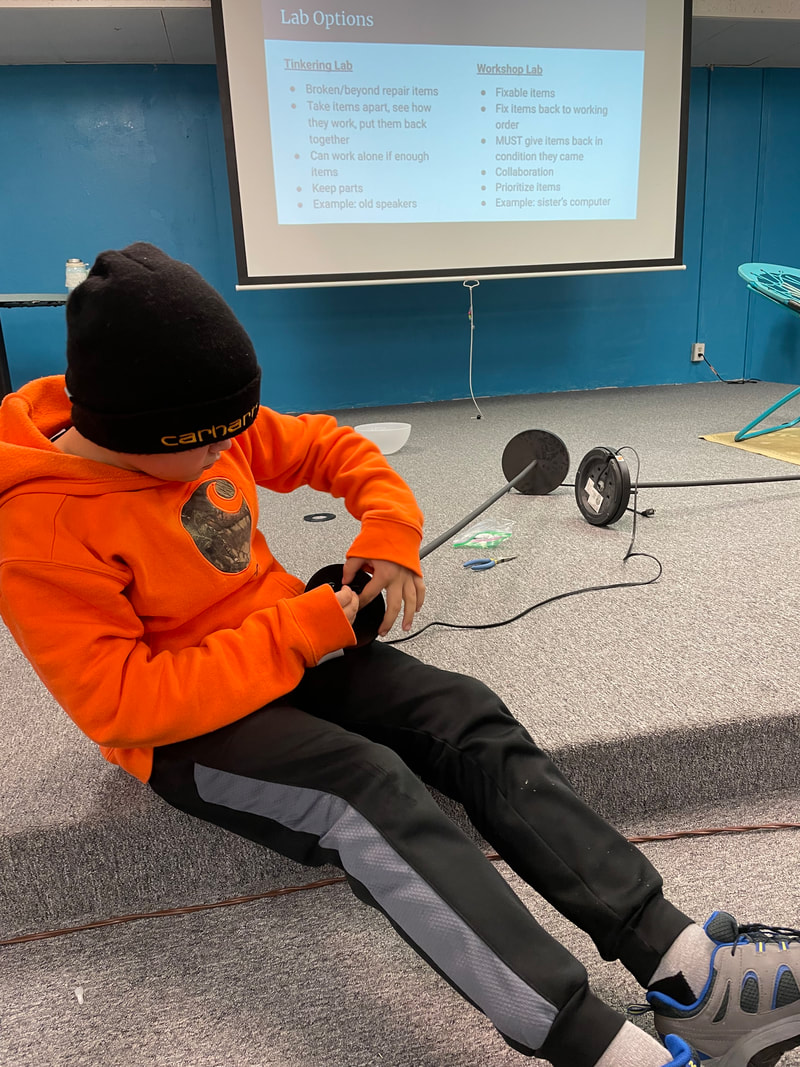

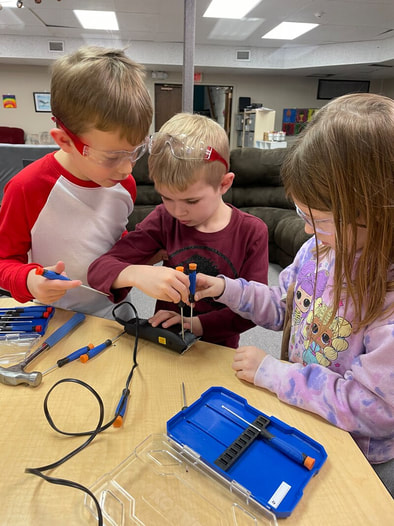
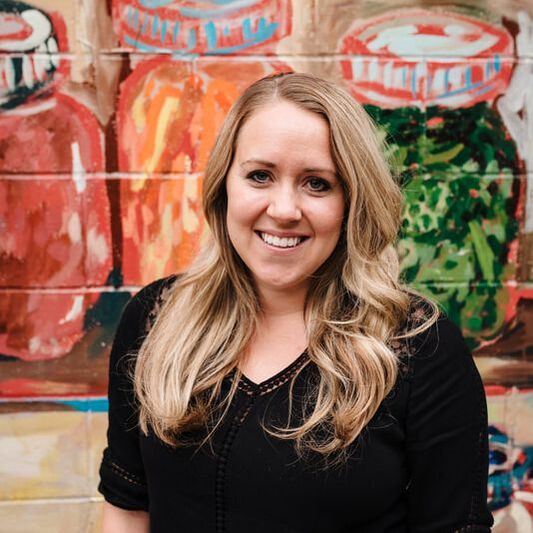
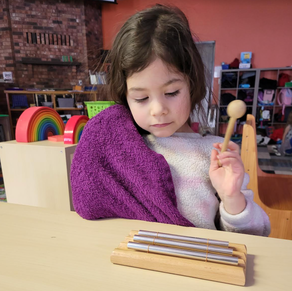
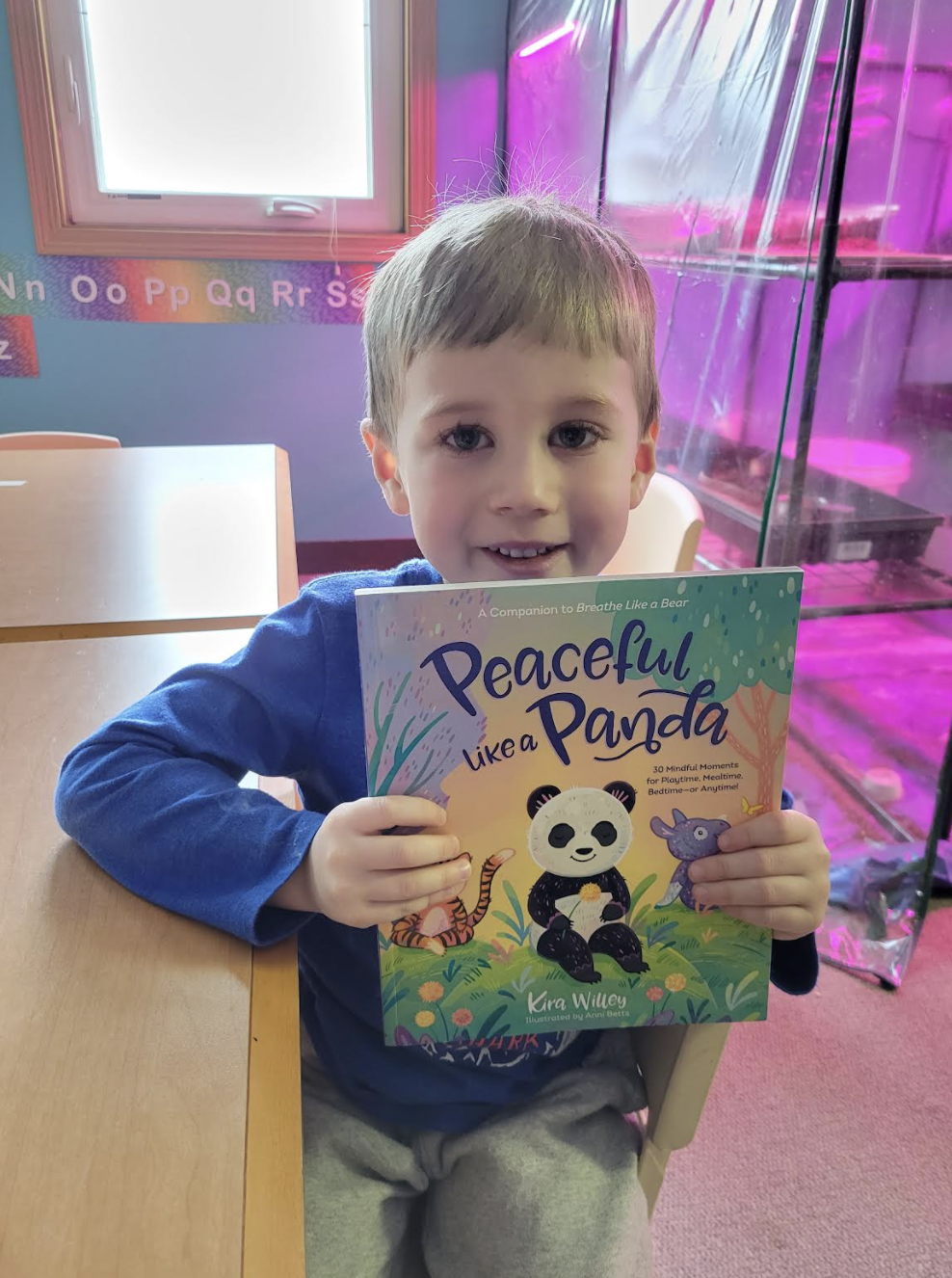
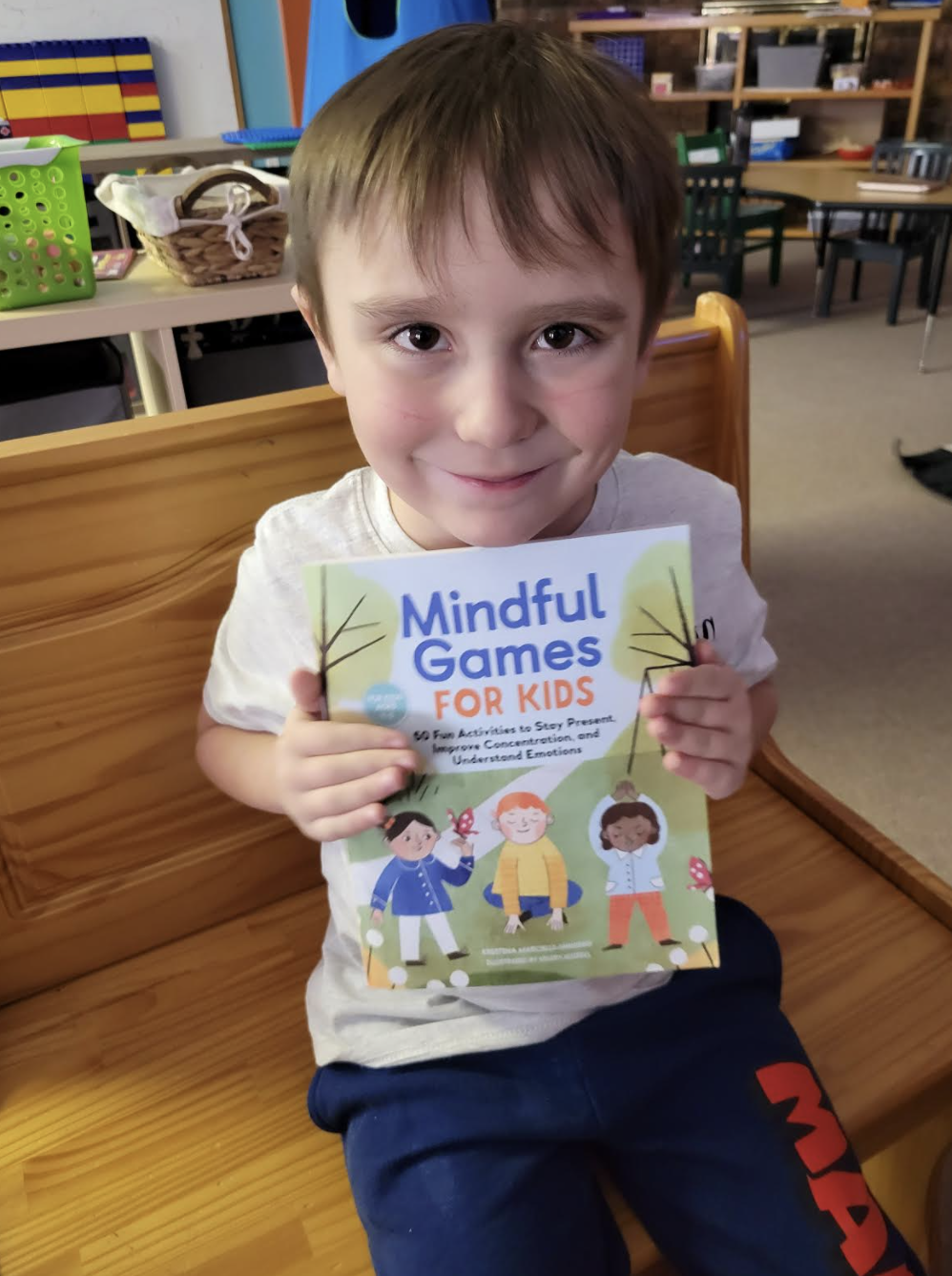


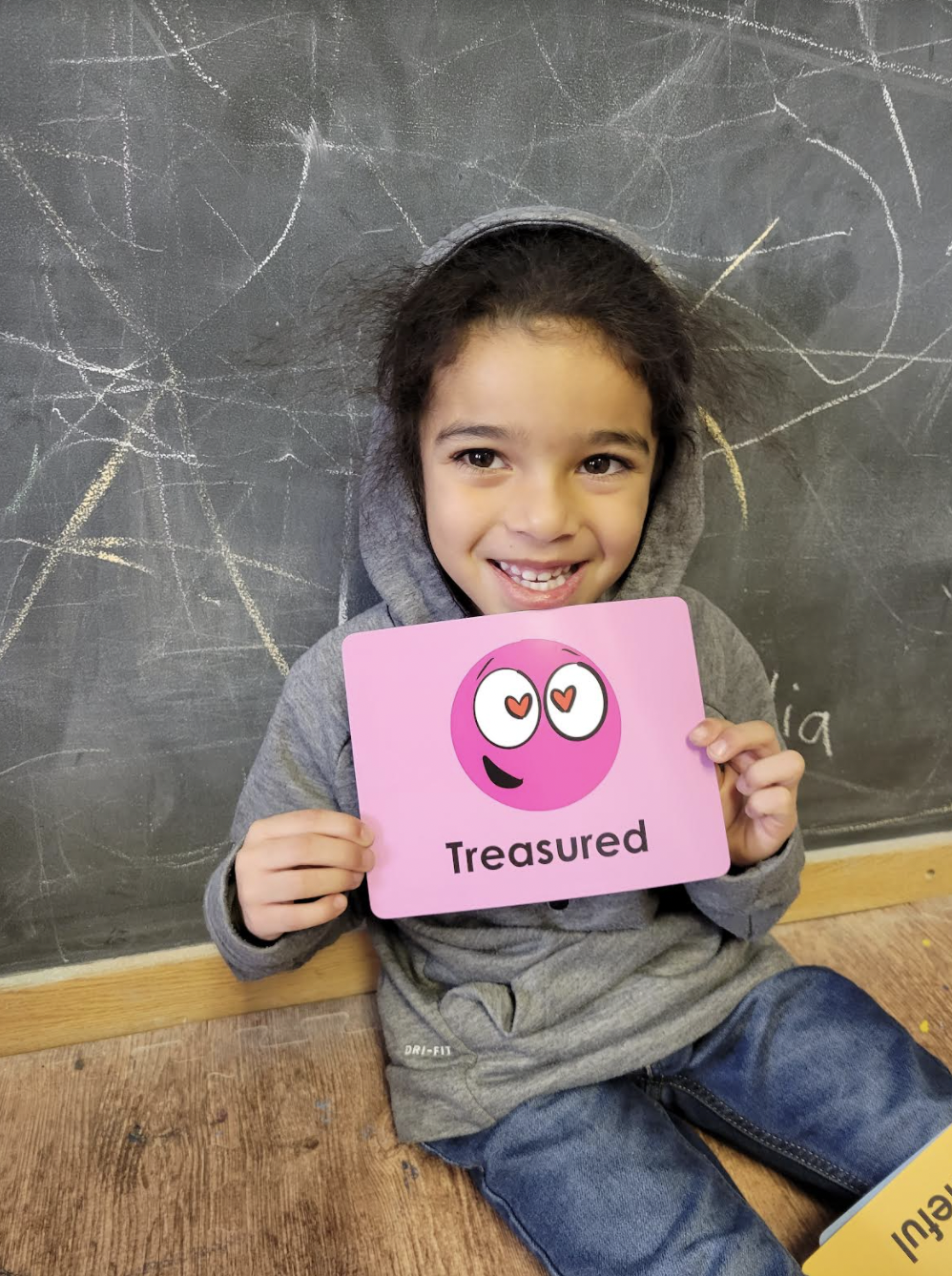
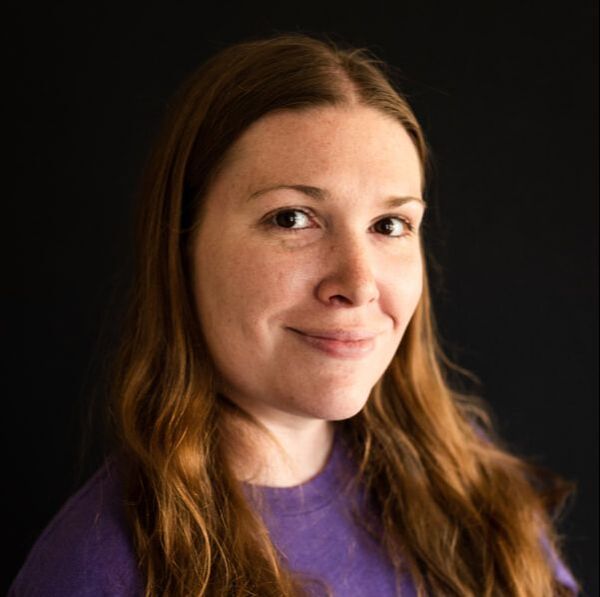
 RSS Feed
RSS Feed
